Is your four-legged friend feeling down? There are many signs of stress in dogs, and learning to spot them is crucial for your pup's well-being.
When your dog's stress level rises, their behavior, body language, and health can suffer. Noticing shifts from your dog's normal behavior like sudden aggression, excessive licking, or withdrawal can help you determine if they are feeling uneasy.
When pet parents know what's causing their dog's anxiety, they can take swift action and provide the best care. In this guide, we'll discuss the usual signs that a dog is feeling anxious. Plus, we'll examine why canine stress happens and what you can do about it.
Importance of Identifying the Signs of Stress in Dogs
Canine stress can lead to unwanted behaviors and health issues. Paying attention to your pet's stress signs can help ease their discomfort and avoid serious conditions.
Understanding your pup's disposition not only helps protect their health but can also help strengthen your bond. When you respond to your dog's distress, you create a more caring environment for them.

Is Stress Common in Dogs?
Yes, stress is quite common in canines. Most dogs will experience stress at some point. This is largely due to their autonomic nervous system, which controls their involuntary bodily functions and stress response. While occasional stress is normal, chronic stress can negatively impact a dog's emotional and physical well-being over time, leading to persistent nervousness, behavioral changes, and even digestive issues.
During stressful situations, the autonomic nervous system kicks in and activates the sympathetic nervous system, which then releases adrenaline. Many factors can trigger this involuntary response system. Think changes in the environment, loud sounds, or isolation.
How to Spot the Signs of Stress in Dogs
Various factors can make a dog feel stressed. Recognizing the signs involves observing a dog's behavior, body language, and health. These three aspects can provide clear indicators that a dog is stressed.
Dog Behavior Signs of Stress
Stressed dogs tend to show certain behaviors. They include:
- Aggression. A dog turning aggressive toward people or other dogs can indicate agitation or fear. This behavior may include growling, snapping, or biting when feeling overwhelmed.
- Self-Destructive Behavior. Some dogs excessively lick, chew, or bite themselves when stressed, leading to sores or hair loss. This type of compulsive action can be a dog's way of managing anxiety.
- Growling. While growling can be a normal communication tool, increased or unexpected growling—especially in familiar situations can signal distress.
- Excessive Sleeping. A stressed-out dog might sleep more than usual, using sleep as an escape from their discomfort or emotional unease.
- Panting. Heavy panting, particularly when it's not hot or after exercise, can be a sign of agitation or nervousness. It's often accompanied by other stress behaviors like pacing or whining.
- Yawning. Many people assume dogs yawn only when they're tired, but yawning dogs often show signs of stress or discomfort in certain situations, such as unfamiliar environments or social encounters.
- Barking. A dog may bark more frequently or with increased intensity when feeling uneasy. This can happen due to separation, fear, or overstimulation.
- Hiding. A dog feeling stressed might retreat to secluded areas, avoiding people and other animals as a way to self-soothe.
Dog Body Language Signs of Stress
When dogs feel stressed, their body language can change. Visual cues include:
-
Pacing. Walking back and forth or in circles can imply distress.
-
Shaking. Shaking or trembling, like when they are wet, often means stress.
-
Ear Positioning. Tucked ears can be a sign of agitation.
-
Tucked Tail. A tail tucked between the legs may imply fear or worry.
-
Excessive Licking or Drooling. Increased lip licking or drooling can point to an anxious dog.
-
Abnormal Posturing. Stiff or unusual body postures can mean that a dog is feeling uncomfortable.
Dog Health Signs of Stress
Other signs of stress in dogs include physical health clues. Common symptoms include:
-
Loss of Appetite. A stressed dog may eat less.
-
Shedding. Excessive shedding can be a stress reaction.
-
Diarrhea. Stress can upset your dog's digestive system, potentially causing diarrhea.
-
Mydriasis. Widened pupils can indicate a dog is feeling uneasy or overwhelmed.
Causes of Stress in Dogs
Knowing what's causing your pup stress is key to keeping them happy and healthy. Their distress can come from various sources and trigger different responses. Let's look at why dogs feel stressed, from anxious situations to external fears and more.
Loud Noises or Music
Sudden loud noises can spook your pet. Thunder, fireworks, or loud music can trigger a dog's stress reaction. Blame their heightened sense of hearing, which makes these sounds more overwhelming. Affected dogs may hide or tremble.
Create a quiet and safe space for your dog during loud events. You can also try calming products or techniques to help soothe your anxious pup. A thunder jacket may also ease the fear of loud noises.
Aging
Older dogs may get stressed because of their health challenges. They might also become more sensitive to changes in their environment or routine.
Provide a comfortable and consistent environment for your senior pet. Plus, make sure to attend those vet checkups to keep their health in check. Lastly, stay patient and understanding as your pup navigates this stage of their life.

Communication Stress
Dogs communicate using bodily cues and vocalizations. When you ignore or misinterpret these signals, your pup's anxiety levels can rise.
Ensure clear and consistent communication with your dog. Pay attention to their cues and respond in ways they understand. Training and rewards can also help improve your communication.
Meeting New People or Pets
Encountering new people or pets can be stressful for dogs. New faces and unfamiliar scents might feel like a threat, leading to barking, hiding, or even defensive aggression.
For some dogs, a dog park is a fun and stimulating place, but for others, the unfamiliar dogs and chaotic environment can feel overwhelming and stressful. If your dog seems nervous in social settings, forcing interactions may increase their discomfort.
Slowly introduce your dog to new people or pets in a controlled and calm environment. Start with short, positive interactions and reward your pup whenever they socialize nicely. With patience and consistency, your dog can build confidence in social situations.
Separation or Being Left Alone
Dogs are social animals and may feel upset when left alone. This separation anxiety can cause destructive behaviors, excessive barking, or even escape attempts.
Get your dog used to being alone by leaving for short periods at first. Then, you can gradually increase your time apart. Also, give your pup toys and treats to keep them busy while you're away.
Related Post: Separation Anxiety Dog Training: Teaching Independence & Confidence
Your Own Behavior
Your dog can detect shifts in your mood and may react when they sense you’re feeling anxious or stressed. This ability can also cause stress for dogs. Additionally, inconsistent or harsh training methods can lead to a dog's anxiety.
Stay calm and positive around your dog to make them feel more secure. Consistent and gentle training techniques can help build trust between you two.

Conflict With Another Animal
Conflicts with other animals can cause aggression, fear, and nervousness in dogs. This issue can happen with pets in the same household or with unfamiliar animals outdoors. If a dog perceives another animal as a threat, their stress levels can rise in potentially dangerous situations, leading to defensive behaviors like growling, lunging, or hiding.
To reduce tension, always oversee interactions between your dog and other animals. All introductions should be gradual and gentle, allowing them to adjust at their own pace. Also, reward your pup whenever they stay calm to reinforce positive social behavior. If conflicts persist, consulting a professional trainer or behaviorist may be necessary.
Inconsistent Rules
When rules often change, dogs can get confused. This uncertainty can lead to stress, which can cause unwanted behaviors.
Ensure that all family members follow the same rules and commands with your dog. Consistent training can teach your pup how to act and give them a sense of security.
Lack of Stimulation
A balanced mix of exercise and mental stimulation helps dogs stay healthy and content. Without these, pups can get bored and show unwanted behaviors.
Give your dog plenty of activities, from walks to play sessions, to keep them entertained. Activities like puzzle toys, training sessions, and interactions with other dogs can benefit their well-being.
Moving Locations or Change in Environment
Dogs thrive on routine and familiarity. Any sudden change, like moving houses, can make them feel nervous. They may start whining, hiding, or refusing to eat.
If you must move, try to maintain your pup's routine. Bring items they like, such as their bed, toys, and blankets. Slowly introduce them to the new environment. Lastly, give your dog plenty of TLC to help ease their worries.
Loss of Human or Pet Companionship
Dogs can form strong bonds with others, so losing a family member or pet companion can cause loneliness. A stressed dog may withdraw, refuse to eat, or bark excessively.
To support your dog, give them extra attention. Maintain a consistent routine and spend more quality time together. In some cases, a new companion might help. However, you must consider your dog's readiness for this change.

Excessive Handling
Constant touching, hugging, or picking up can make some dogs uncomfortable. This is particularly true for independent dogs.
Pay attention to your furry pal's body language and respect their boundaries. Allow your dog to come to you on their own terms. Also, teach children and other family members to interact gently with your dog.
Traveling
When traveling, the unfamiliar environment and motion can worry dogs. They may start panting, shaking, or vocalizing.
Start with short trips to get your dog used to car rides. Ensure their comfort by bringing familiar items like their bed or toys. During longer journeys, take plenty of breaks to keep your pup comfortable.

Suggestions To Ease Dog Stress
So, you already know the cause of your pet's stress. Now, you're ready to do something about it. Here are some suggestions:
- Seeing a Vet. Consistent checkups help catch underlying issues that could be affecting your dog's well-being.
- Provide a Safe, Clean, and Calm Environment. Your dog should have a quiet and secure space to retreat to when they feel overwhelmed.
- Provide Plenty of Exercise. Regular physical activity promotes a healthy mind and body.
- Can CBD Help Calm a Stressed Dog? Yes, CBD (cannabidiol) can help calm a stressed dog. CBD interacts with dogs' endocannabinoid system (ECS), which plays a role in their mood and stress response. CBD's soothing effects may promote emotional balance in our canine friends.
- HolistaPet offers calming products, such as CBD Oil, CBD Treats, and CBD Soft Chews for dogs. These yummy treats use high-quality, broad-spectrum CBD. This means there's no THC (tetrahydrocannabinol), the mind-altering compound in cannabis, in our CBD offerings. Plus, our products are all- natural,gluten-free, dairy-free, non-GMO, third-party lab-tested, and vet-approved!
- Spend Time With Your Dog. Sharing meaningful moments with your dog can deepen your bond and offer emotional support.
-
Consistent Self-Care. A consistent routine for feeding, exercise, and rest can provide stability and help reduce stress.
When To See an Animal Behaviorist
If your dog shows severe behavioral issues like aggression, excessive fear, or destructive actions that you cannot manage, it's time to consult a professional. Dogs yawn as a natural response to tiredness, but if dogs yawn excessively alongside other stress behaviors like pacing, whining, or hiding, it may be a sign of deeper emotional distress.
An animal behaviorist can provide expert help and create a customized plan for your dog. With professional support, your pup can receive the best possible care for their emotional well-being and develop healthier coping mechanisms.
Final Thoughts - Signs of Stress in Dogs
Paying attention to your dog's behavior, body language, and health can help ease their stress and keep them happy. With a peaceful and consistent environment, regular checkups, and quality products (like ours), your dog can say goodbye to all their worries. Remember, your calmness and patience will go a long way in helping your best friend stay zen and healthy all day, every day.







![Probiotics For Dogs [Soft Chews] - HolistaPet](http://www.holistapet.com/cdn/shop/files/Probiotic-Infographic-1_472d7a29-e30c-435a-9638-1365d8c3a9f9.jpg?v=1725384841&width=104)
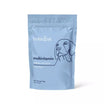








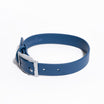

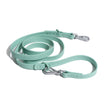


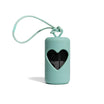






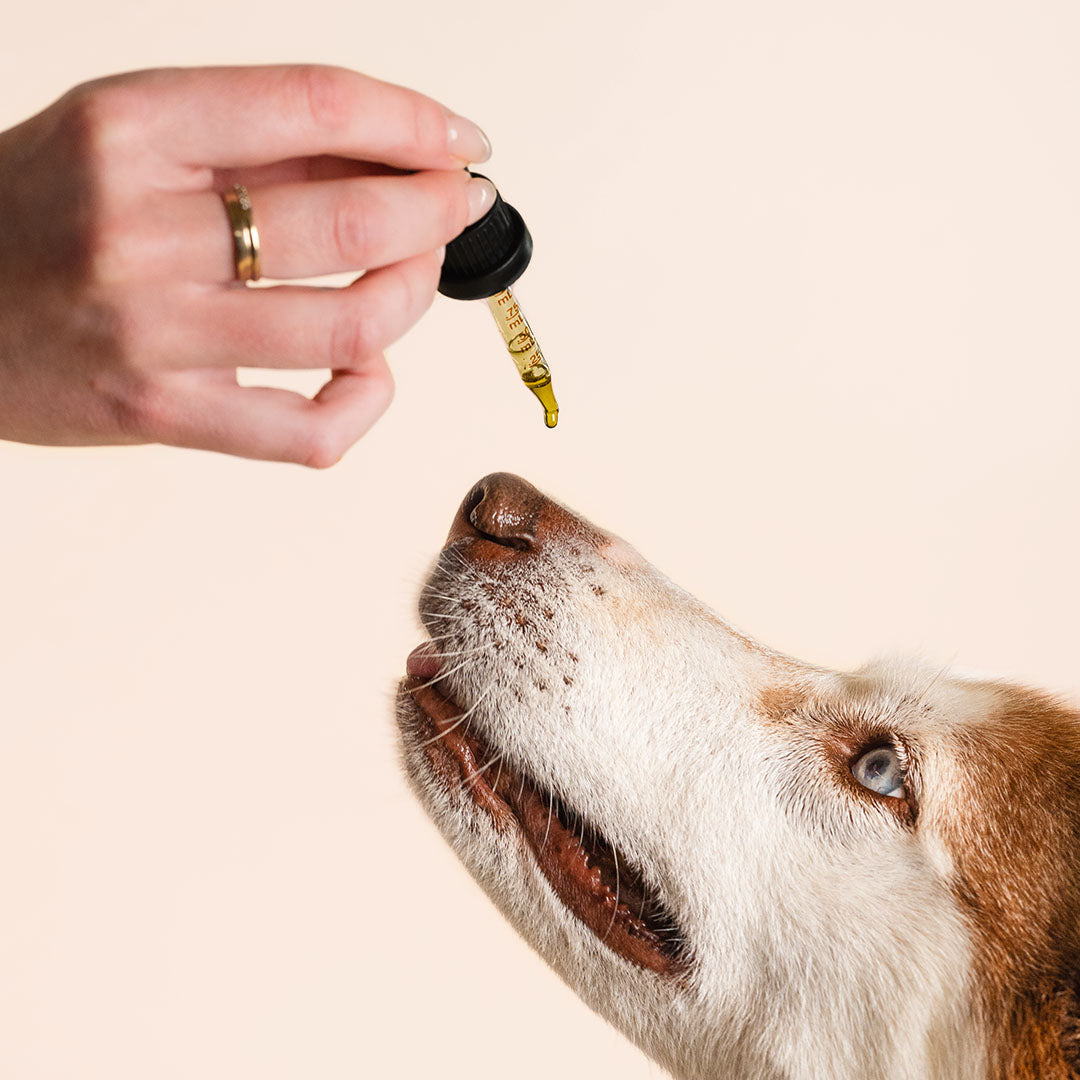





Leave a comment
All comments are moderated before being published.
This site is protected by hCaptcha and the hCaptcha Privacy Policy and Terms of Service apply.